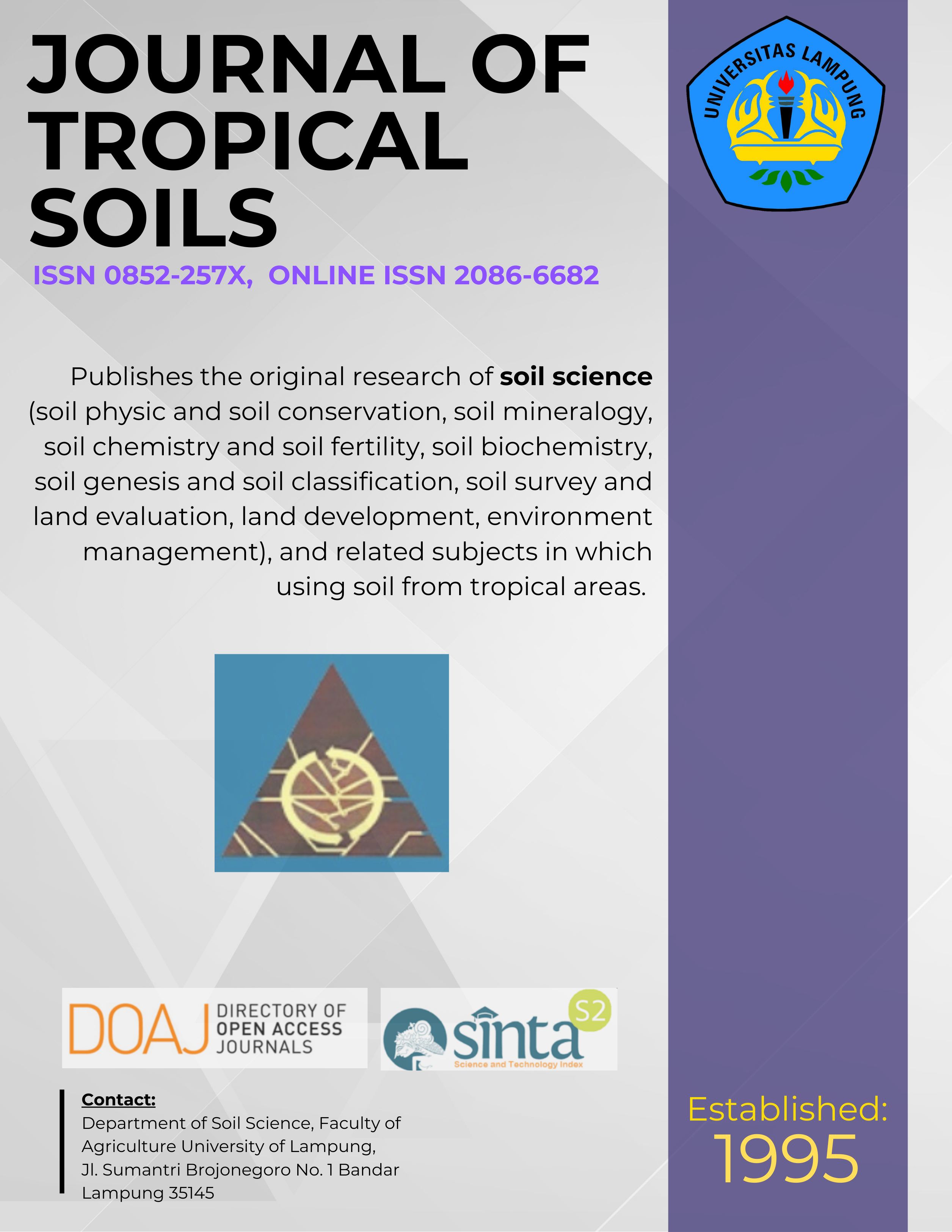Microclimate of Developed Peatland of the Mega Rice Project in Central Kalimantan
Main Article Content
Abstract
Microclimate of Developed Peatland of The Mega Rice Project in Central Kalimantan (A Jaya,T Inoue, SH Limin, U Darung and IS Banuwa): In Indonesia peatland covers an area of 16 to 27 Mha and this ecosystem is vitally linked to environmental and conservation issues, as well as its economic value for human survival. These peatlands are, however, the subject of various land use pressures, including forestry, agriculture, energy and horticulture. A field study was carried out 6 years after the end of failed peatland development project shows that inappropriate and unsustainable forms of peatland management have resulted in degradation of the natural forest vegetation, draw-down of the peat water table, increase of peat surface and air temperatures and recurrent surface and ground fires. Implications of microclimate for possible restoration options.
Article Details
How to Cite
Jaya, A., Inoue, T., Limin, S. H., Darung, U., & Banuwa, I. S. (2018). Microclimate of Developed Peatland of the Mega Rice Project in Central Kalimantan. JOURNAL OF TROPICAL SOILS, 15(1), 63–71. https://doi.org/10.5400/jts.2010.v15i1.63-71
Section
Articles
License for Authors
Authors who publish with this journal agree to the following terms:
- Authors retain copyright and grant the journal right of first publication with the work simultaneously licensed under a Creative Commons Attribution License that allows others to share the work with an acknowledgement of the work's authorship and initial publication in this journal.
- Authors are able to enter into separate, additional contractual arrangements for the non-exclusive distribution of the journal's published version of the work (e.g., post it to an institutional repository or publish it in a book), with an acknowledgement of its initial publication in this journal.
- Authors are permitted and encouraged to post their work online (e.g., in institutional repositories or on their website) prior to and during the submission process, as it can lead to productive exchanges, as well as earlier and greater citation of published work (See The Effect of Open Access).
License for Regular Users
Other regular users who want to cite, distribute, remix, tweak, and build upon author’s works, even for commercial purposes, should acknowledge the work’s authorship and initial publication in this journal, licensed under a Creative Commons Attribution License.

